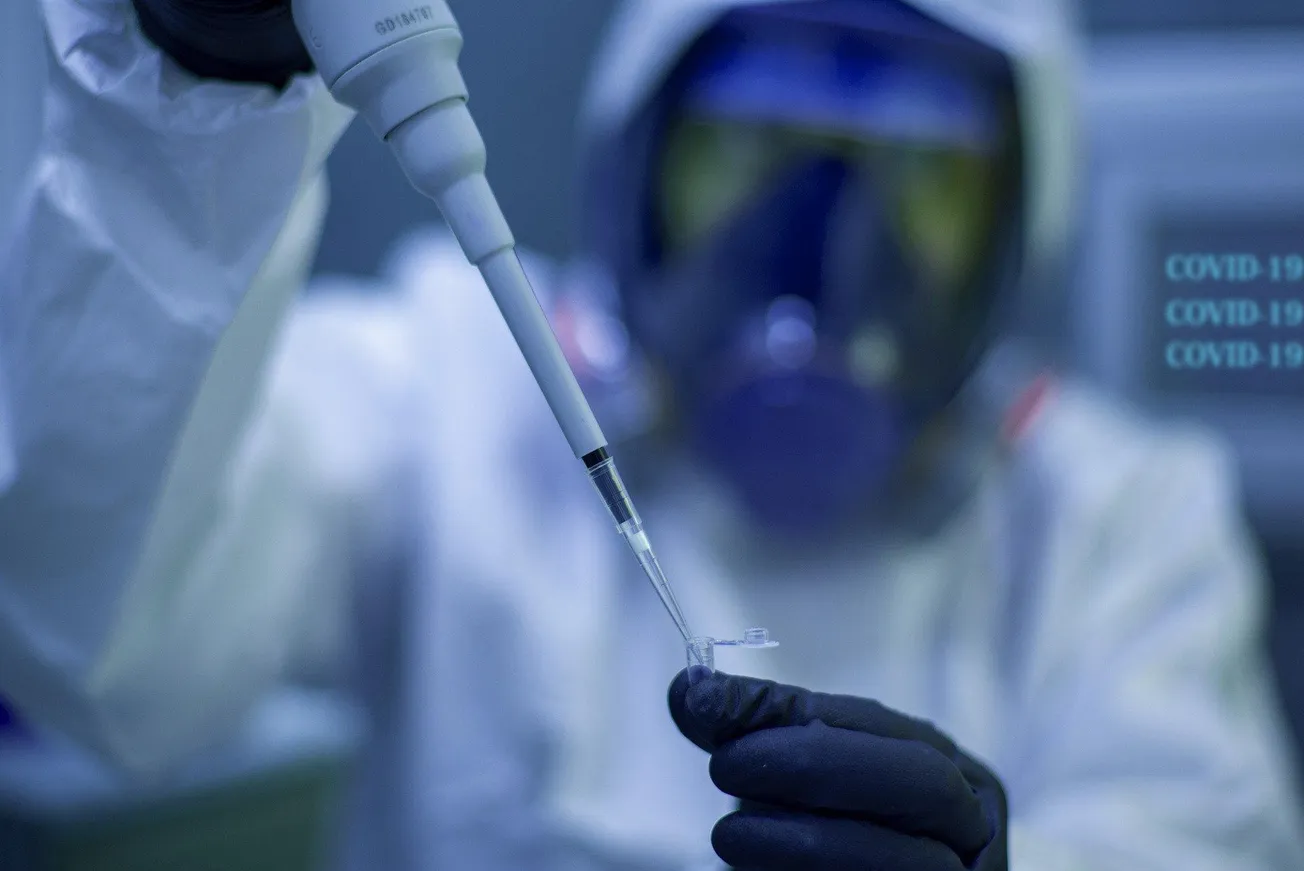An outbreak of African swine fever in 11 of the Dominican Republic’s 32 provinces has set off alarm bells in the Caribbean region—and beyond, including Mexico and the United States. There is no vaccine or treatment for this highly transmissible virus, which had wiped out half of China’s swine population in 2019. In the case of the Dominican Republic, the appearance of the virus was confirmed in July after samples from pigs across the country were sent to and analyzed by U.S. labs. It’s estimated now that tens of thousands of pigs will have to be slaughtered in a country already badly buffeted by the COVID-19 pandemic-triggered economic crisis. Losses due to the slaughter are estimated at $180 million.
The situation is such that the government of President Luis Abinader has mobilized the armed forces to assist in containing the illness. While no cases have yet been detected in Haiti, which shares the island of Hispaniola with the Dominican Republic, the Agri-Pulse website reported Aug. 4 that a suspicious high pig mortality has been reported in the small border town of Anse-à-Pitres.
The swine fever outbreak in the Dominican Republic has also placed the Caribbean Community (CARICOM) on alert. Over the weekend of July 31-Aug. 1, the Caribbean Agricultural Health and Food Safety Agency (CAHFSA) issued an urgent advisory to the whole region to “intensify protective measures,” the Antigua Observer reported Aug. 4. In addition, the U.S. and Mexico have tightened border checks. As Agri-Pulse points out, there are only 700 miles of ocean separating the D.R. from the U.S. mainland.
Many outside agencies, the U.S. Department of Agriculture, the UN’s Food and Agriculture Organization, the Inter-American Institute for Cooperation on Agriculture and others have offered to help the D.R. in tracking and containing the virus. Fernando Duran, the head of the Dominican Agricultural Bank (Banco Agricola), announced that the bank will pay pig farmers market price for each pig slaughtered. In regions where the virus has been confirmed, in the northwestern and central parts of the country, quarantines and sanitary cordons have been established, and teams equipped with biosecurity equipment have been deployed to oversee the slaughter and burying of the pigs in pits to try to contain the spread of the disease.



